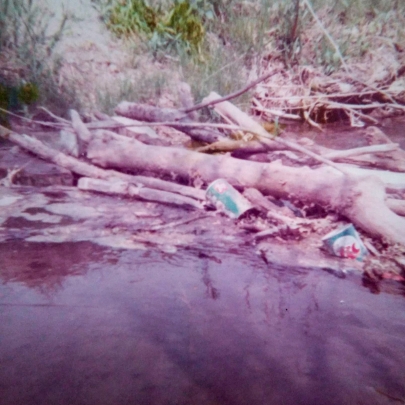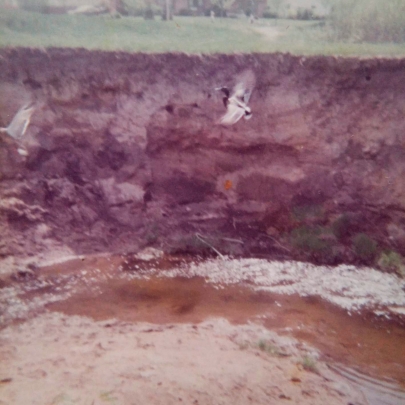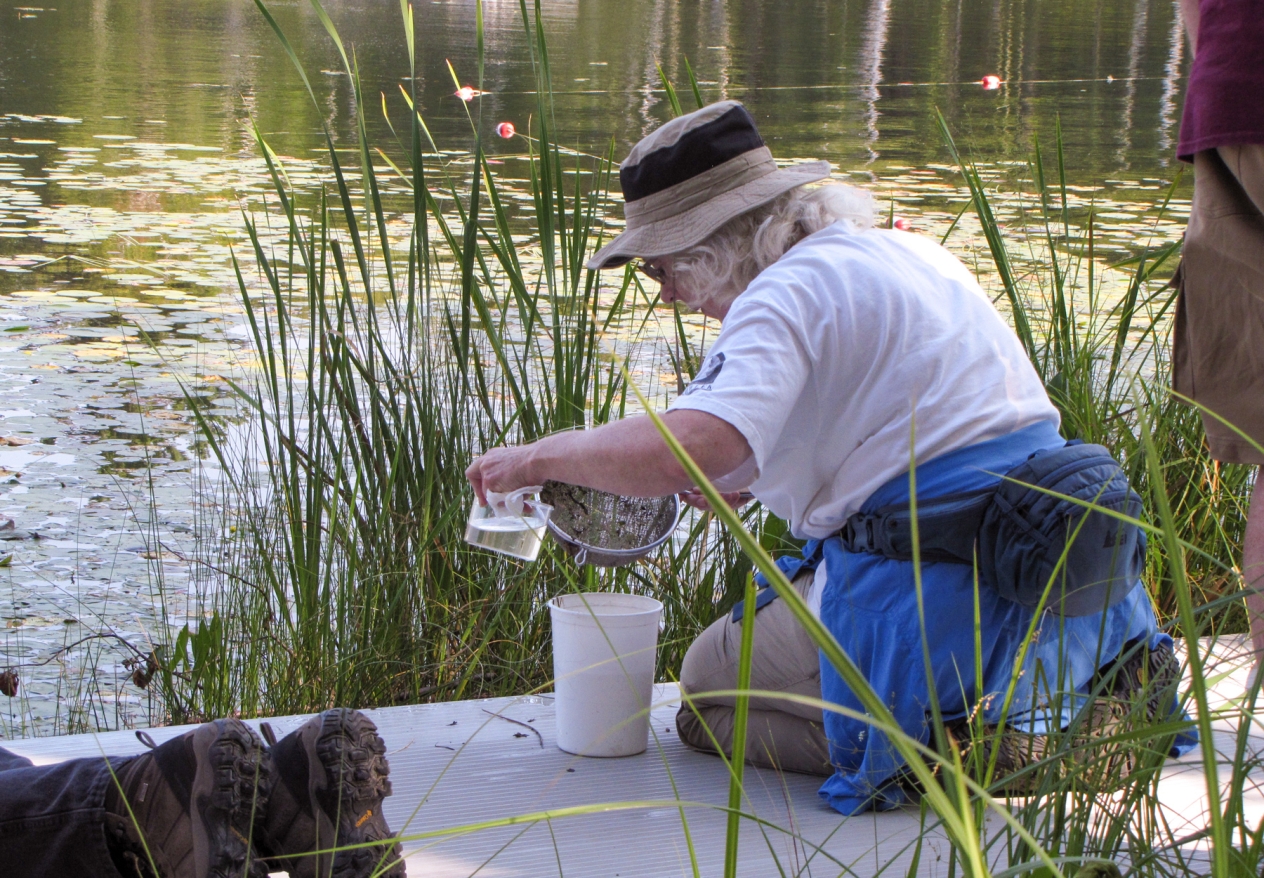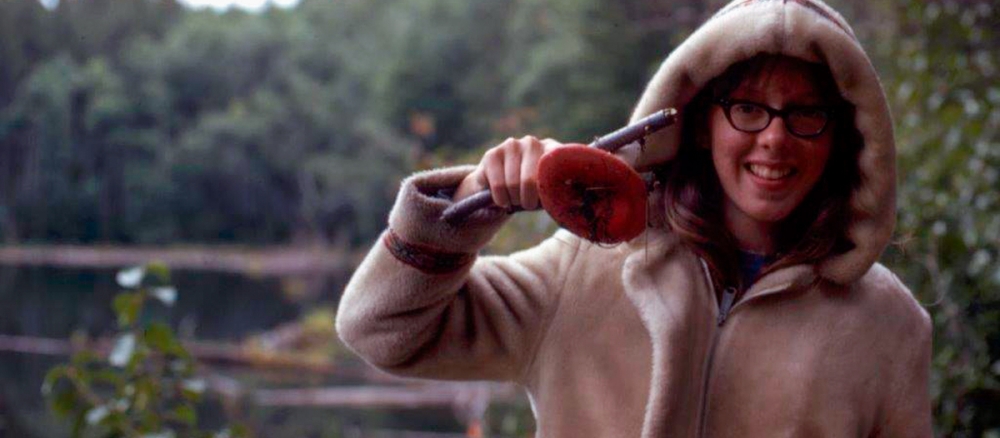Julia Dady has fond memories of growing up along Battle Creek in Saint Paul. Her family moved to the Battle Creek area before she started sixth grade, and she remembers that the neighborhood was largely undeveloped, with nothing but cornfields and wide-open spaces.
The time she spent by the creek inspired her lifelong interest for the natural world and later led her to become a volunteer water monitor for that very same stretch of water.
“There were no playgrounds at the time, but we found plenty to do there along the creek,” Dady recalled. “That’s where we played.”
When she entered seventh grade, Dady and her classmates were among the first class of middle schoolers to attend the newly built school in the neighborhood. When school started, Dady and her friends in the neighborhood thought it would be fun to take a “shortcut” through the creek to get to school. There were no bridges at the time, so the children would walk over logs and bushwack their way to the new school.
“When I think back on it, it probably wasn’t much of a shortcut at all. It was just more interesting for us to start our day by the creek,” Dady said.
Dady was never afraid to get dirty and play in the mud, and she liked that the creek always had something for the kids to explore, even in the winter.

In May 1972, Dady’s seventh-grade teacher gave the class an assignment to develop a project that had some sort of community significance. The students were asked to come up with a topic, conduct research, and present to the class. Though the assignment didn’t necessarily have to relate to the environment, Dady wanted to make her project about the creek because, to her, the creek was a big part of her community.
After years of playing in Battle Creek, Dady noticed pollution and other debris that had built up in the creek. Because there weren’t any books specifically about the creek and because there was no internet at the time, Dady embarked on her own investigative journey to document the pollution she saw.
“I had this little camera for kids, and I went out to take photos of what I found,” Dady said. She snapped photos of a discarded Christmas tree, pop cans, sludge build-up, and steep banks of erosion.
Curious about what else she could learn, seventh-grade Dady called the MPCA to inquire.
“They didn’t have the volunteer water monitoring program then, so they didn’t have some of the info I was looking for,” Dady said.
Just a year later, the University of Minnesota launched the water monitoring program.

After collecting her photos and writing down her observations, Dady presented her project, titled Pollution of Battle Creek, to her seventh-grade class.
“My teacher just loved it,” Dady said. “She was so enthusiastic about my project. That made me feel really special.”
After completing her project, Dady remained interested in water quality and decided to sign up for the volunteer water monitoring program by the time she was in high school.
At the time, the program only offered lake monitoring, and as a high school student without access to a boat, she couldn’t become an official volunteer. However, Dady still got a Secchi disk from the University of Minnesota and took it out to the lake to see what measurements she could get for fun.
Fast forward to 2022. Battle Creek looked much better, thanks to a 1982 flood and erosion control project. The University of Minnesota had transferred the volunteer water monitoring program to the MPCA, and the program started recruiting monitors for rivers and streams as well as lakes. Dady, who started searching for new volunteer opportunities once COVID restrictions started to ease up, learned about the program’s stream monitoring opportunities through the Minnesota Master Naturalist program newsletter and decided to venture back out to the creek again.

As she filled out her application for a second time, she felt a very full-circle moment when she saw a monitoring location at Battle Creek was open.
Now, as a volunteer, Dady loves to go out to her monitoring spot and talk to the people who walk by and ask what she is doing on the bank of the same creek she loved so much as a child.
“I feel a sense of connection to my community and to my neighborhood and the environment,” she said. “I feel like I’m doing a small part to help. I feel like I’m contributing something.”
